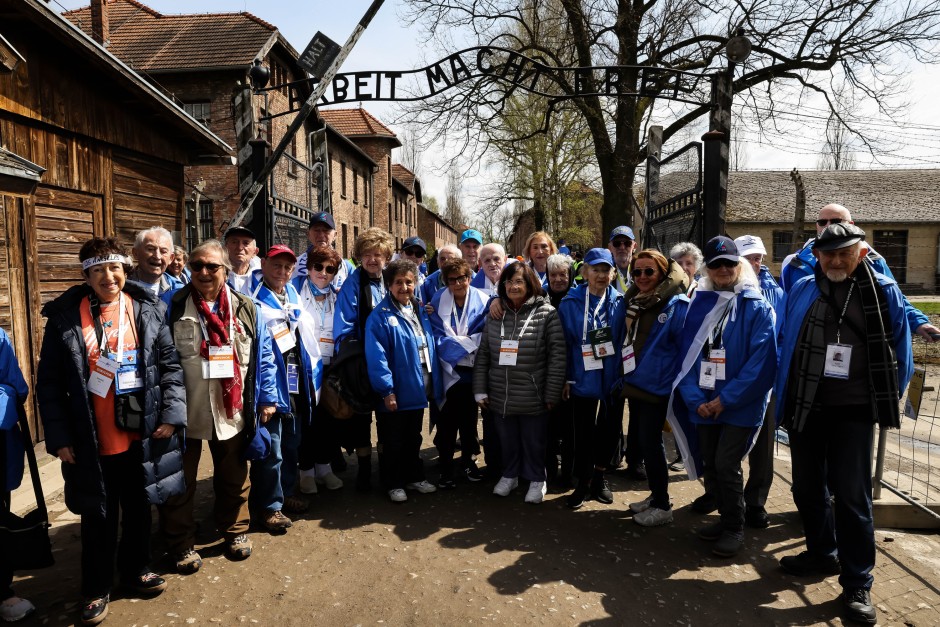
Wwho happened to be in Israel this week, could hear sirens across the country at 10am on Tuesday. No, no war has broken out. It is the culmination of the annual Holocaust Remembrance Day. When the sirens begin to blare, everything suddenly comes to a standstill: school classes are interrupted, cars and buses stop in the middle of the street, people get out, passers-by stop. For a full two minutes, the people remain standing upright. Last year we experienced Yom Hashoah together. For some, the routine ritual that has been known since kindergarten is a spectacle for others.
This year, the day was primarily dedicated to Israeli-Polish relations, which have recently suffered a diplomatic ice age. Since the right-wing nationalist PiS party came to power in Poland, the government has been working on a new Polish national consciousness. The Polish collaboration with the Nazis and the brutal attacks on Jews directly after the Holocaust are denied – even more: In 2018, it was punished by law to address these historical facts. Anyone who “publicly and factually holds the Polish people or the Polish state responsible or jointly responsible for the National Socialist crimes of the Third Reich faces up to three years in prison.”
Ambassadors in Warsaw and Tel Aviv recalled
The Polish line has strained relations with Israel and led, among other things, to the ambassadors in Tel Aviv and Warsaw being brought back. The Polish government later opposed educational trips by Israeli youth groups to the memorial sites in Poland. Because: It damages the image of the Poles, since their involvement in the extermination of the Jews is discussed.
That dispute is now a thing of the past. In line with the Israeli Holocaust Remembrance Day, both countries signed an agreement on the cooperation of future study trips by young people. What sounds like good news is actually a scandal: if you look at the list of places where the Israeli youth are sent in Poland, the scale becomes clear. The two ministries of education drew up a list of recommended memorial sites.
Józef Kuraś ordered the killing after 1945
It lists memorial sites where Polish murderers of Jews are now celebrated as national heroes. For example, the trip to Ostroleka should go to the museum of “expelled soldiers” – that’s what the fighters who resisted the new communist regime after 1945 are called. Józef Kuraś, known as Ogień, is the figurehead of the exiled soldiers and is prominently commemorated in the museum. He was responsible for several murders of people who had nothing to do with communism – especially Jewish Poles, survivors of the Holocaust.









